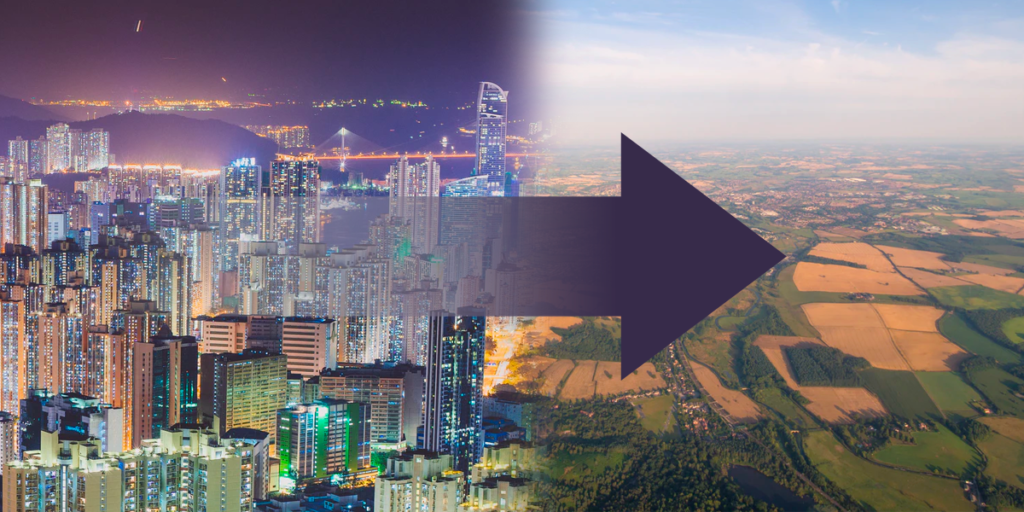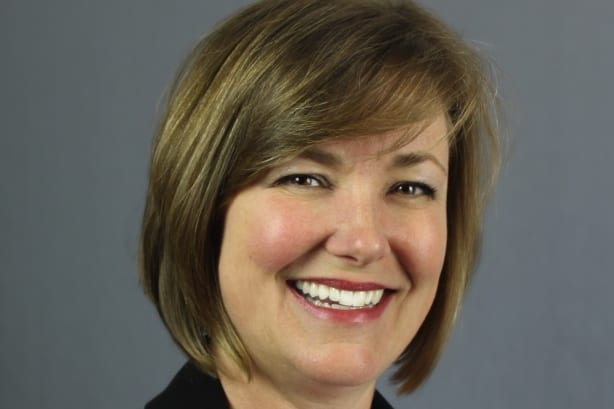Most New Year predictions cover the 12 months ahead, but not Nick Fereday’s end–of–year “Talking Points.” Nick is a Senior Analyst at Rabobank, and he’s pretty funny. His New Year’s predictions stretch all the way to 2030.

Rabobank hosts and he attends many food and agriculture meetings around the globe, so I value his perspective. Here are a couple of ideas that struck me:
1. People migrate to Rural America. For years, the migration has been from rural areas to cities, so this would be quite a shift. Interestingly, I’ve heard inklings of this shift too, from our ag clients and my colleagues. Makes me think there’s something to it.
Real estate costs in cities are insane. Broadband is getting better in rural communities. Virtual workforces work!
If this prediction materializes, it will be a mixed blessing. It has the potential to revitalize rural town centers and infrastructure. It should infuse capital and tax revenue into rural communities that are struggling. And it will connect growers and eaters in way that could lead to greater understanding. All good things. But it’ll also mean urban transplants will need to adjust to the sights, sounds and smells unique to food production. And I’m not talking the smell of fresh–baked bread.
Here’s what Christine McCracken, Rabobank’s Senior Animal Protein Analyst, told Nick about this 2030 prediction:
“I believe technological advances [such as labor-saving tools] could actually lead to a resurgence of interest in agriculture—a renaissance of sorts. We are already beginning to see hints of this with young people moving back to rural America, as they realize that living in the ‘Big City’ on an entry-level income and saving for a house or raising a family is a lot harder than they expected. In fact, for only the second time this century, we have seen an increase in the number of farmers under 35, based on census data.”
It triggers all sorts of ideas on how communities, companies and coalitions can ease this transition and build goodwill at the same time, if we anticipate and get ahead of it.
2. Smart packaging speaks to our smart wearables, and pre-set preferences on our devices will screen out foods and brands that don’t meet our specs for sugar, allergens, protein, calories and so on.
Rabobank’s Supply Chains Analyst, Xinnan Li, explained it this way:
“[Smart packaging] will also be able to tell us about a range of issues from farming practices to the overall environmental impact of the packaging. In short, it will help consumers look at packaging beyond just whether it can be recycled or not. And what does that mean for the industry? This level of transparency will change shoppers’ decision-making process and be an important differentiator for your brands and a driver for sales.”
If this prediction materializes—and it most certainly will—smart packaging will fill a long-standing need. Lord knows marketers have struggled with the limitations of on-pack real estate forever, and current technologies (i.e., QR codes) have not achieved the desired ubiquity.
Like the last prediction, it has the potential for mixed blessings and will require advanced planning across the supply chain:
- Fresh food marketing boards will need validated grower data to support brand claims.
- B2B ingredient suppliers will need to explore how they give their CPG, retail and foodservice customers a competitive edge in this “digestibly transparent” world.
- B2C food brands will need to consider first-mover opportunities to connect smart packaging and wearables in ways that both inform and excite consumers.
I am excited for what the new decade will bring and what we will create with innovative clients who want to think and act ahead of the curve—here’s to challenging the status quo and embracing new platforms, new channels and new partnerships.



